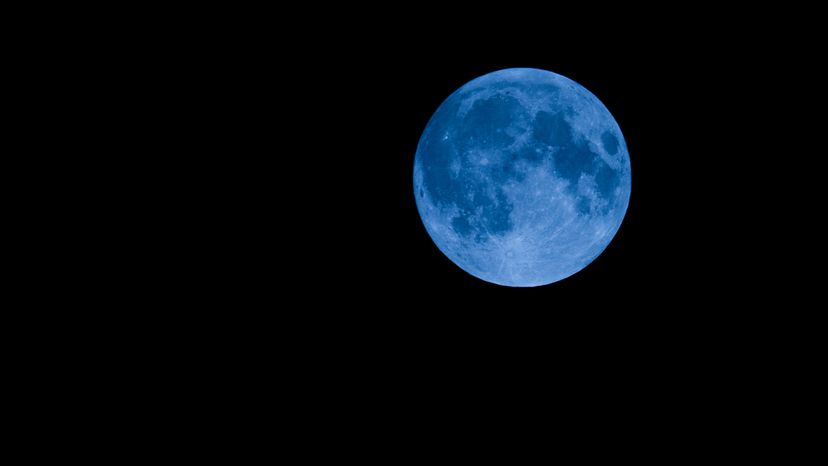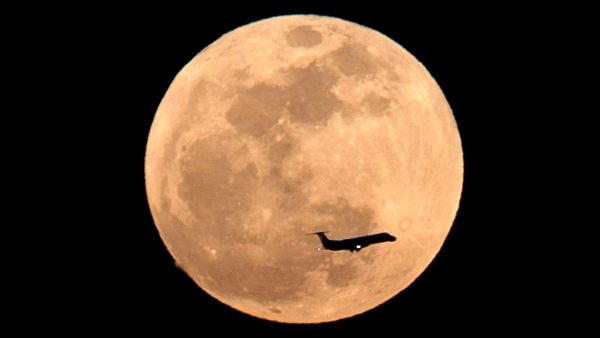In the 1800s, this expression received yet another meaning. It takes the moon 29.53 days to complete a full rotation around the earth. In the process, the moon goes through all its phases. Therefore, each calendar season — spring, summer, fall and winter — typically sees three full moons apiece, assuming one full moon in a month. But every so often, a single month will have two blue moons. During the 19th century, some stargazers began to refer to the third full moon in a season which sees four of them altogether as a "blue moon." The Maine Farmer's Almanac popularized this definition.
Time for a quick aside. You might be wondering why the third moon in a season with four was singled out here. Why wasn't that fourth one also called a "blue moon?" The answer boils down to naming conventions. Again, most years see 12 full moons in total. Many cultures have given names to those which appear at specific points in the year. For example, in America, the last full moon of the winter is called the "worm moon." Now if the winter season in a given year were to see four full moons, calling the last one a "blue moon" would disrupt this linguistic status quo.
Right, then: Back to the Maine Farmer's Almanac. From 1932 to 1957, the (now-defunct) publication championed that whole "third moon's the charm" definition and used it to pinpoint the date of the next seasonal blue moon and subsequent seasonal blue moons.


